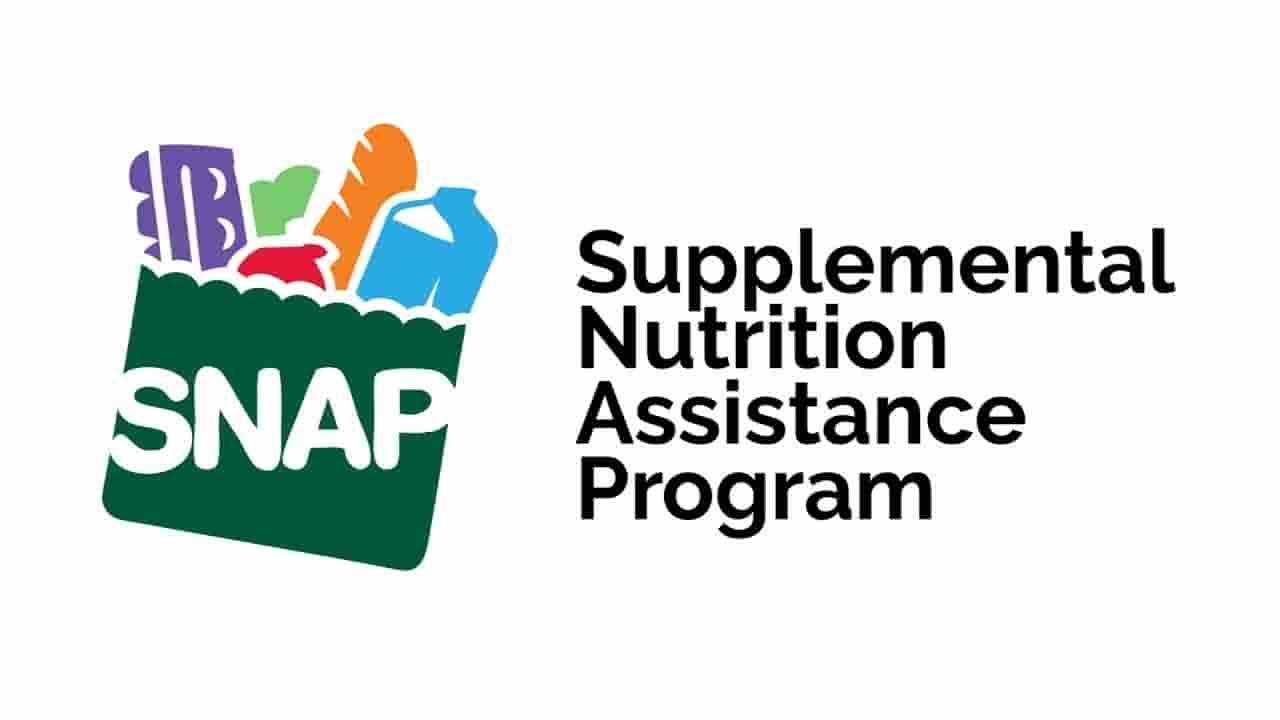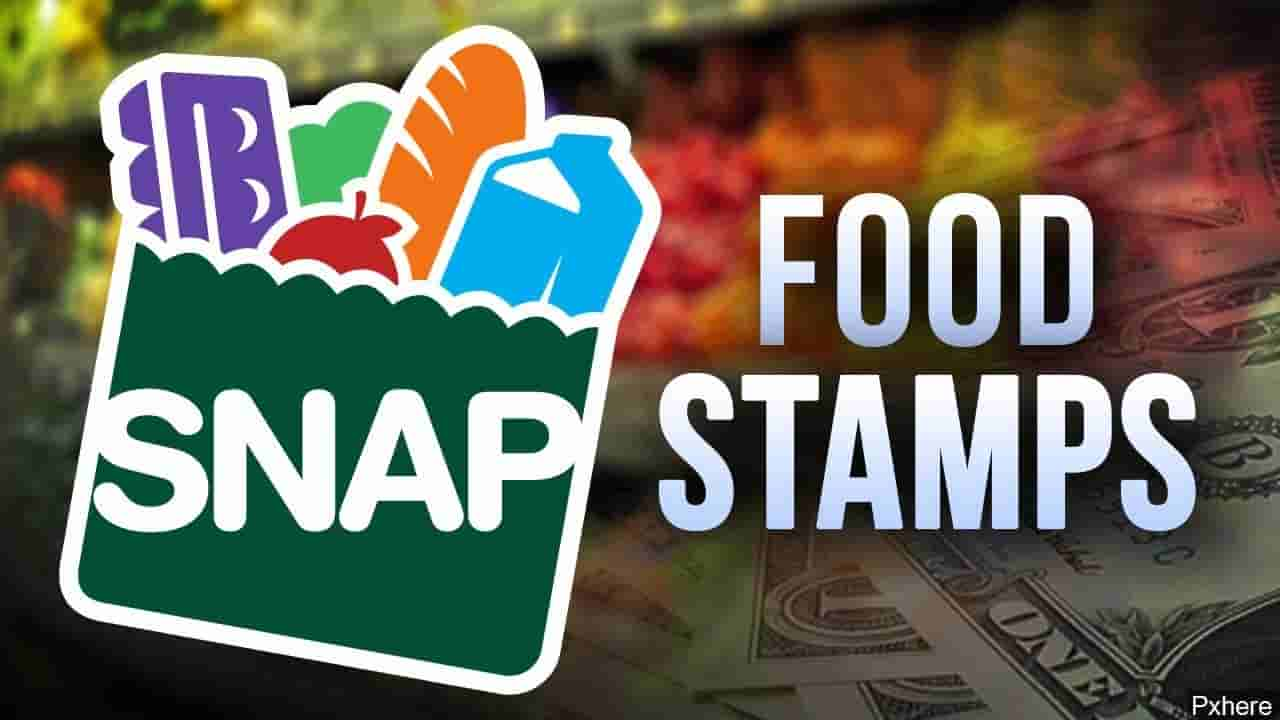SNAP provides over 22 million low-income households an average of $490 per month to help them afford healthier diets.

SNAP ( Photo: WINK News )
The Supplemental Nutrition Assistance Program (SNAP) is the largest nutrition assistance program in the United States
While Supplemental Nutrition Assistance Program (SNAP) effectively reduces hunger, the quality of food purchased by SNAP households has become a more pressing concern. SNAP lacks nutrition standards, allowing households to purchase unhealthy foods, leading to poor diet quality, disease, and premature deaths among participants. This problem has contributed to the obesity and diet-related disease public health crisis in America.
According to the Centers for Disease Control and Prevention (CDC), obesity increases the risk of developing severe diseases such as heart disease, diabetes, stroke, and mental illness. The low-income groups suffer disproportionately, with 40% of adults and 20% of children in the US being obese. SNAP, being a strict food benefits program, has immense potential to improve nutrition among low-income Americans.
By adding nutrition standards, SNAP could alter the dietary habits of low-income households, catalyzing improved diets for them and higher-income populations.
However, during a recent House Appropriations Committee meeting to review the 2024 USDA budget, Thomas Vilsack, the secretary of the Department of Agriculture, indicated an unwillingness by the USDA to meet these challenges.
When asked by a representative if there were any efforts to restrict what can be purchased on the program, Vilsack responded that they “basically have an education component of SNAP that does just that” and provide incentives for healthy choices. He also expressed concern that placing nutrition standards on SNAP purchases would increase stigma.
Despite Vilsack’s previous tenure at the USDA, SNAP’s nutrition education program and its healthy incentives have been ineffective. The Government Accountability Office (GAO) reported in 2019 that SNAP’s nutrition education program lacked evidence of effectiveness, and an evaluation by the USDA found that the healthy incentive program did not reduce unhealthy food purchases, even though it marginally increased fruit and vegetable purchases.
The USDA’s decision to “trust the consumer” is also problematic
As the government would be knowingly subsidizing unhealthy diets and poor health in the name of consumer choice. Other federal food programs, such as the National School Lunch Program and the Supplemental Nutrition Program for Women, Infants, and Children (WIC) program, meet federal nutrition standards that align with the Dietary Guidelines for Americans. In these programs, the USDA accommodates consumer choice within a framework of good nutrition.
Congress is debating SNAP’s reauthorization as part of the 2023 Farm Bill, and this should be an opportunity to establish nutrition standards in SNAP, authorize restrictions on unhealthy foods, and compel retailers to market healthy foods to consumers.
Congress needs to acknowledge the inadequacy of SNAP’s current nutrition approach and the USDA’s failure to meet the gravity of the public health crisis facing the nation.
READ ALSO: Monthly Payments Help US Residents Through UBI Programs In Massachusetts And California

